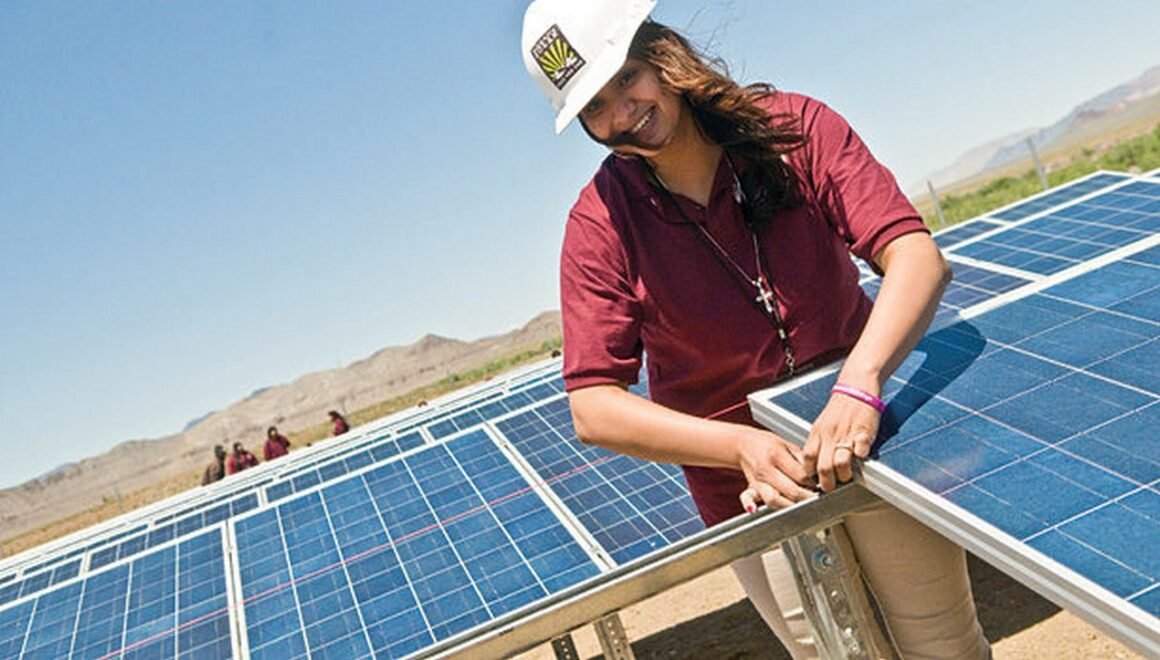Table of Contents Show
If you live in Texas, you benefit from between 150 to 300 hours of sunshine a month. That solar energy can do more for you than put a smile on your face.
In fact, solar technology will capture this energy from the sun and use it to work for you and your home.

It’s a smart move to consider using this amazing and renewable energy source. That said, there are several different solar energy types.
In this article, you’ll learn about the 3 main types of solar energy and the applications they’re best suited to. Once you see the options available, sunshine will take on a new meaning.
1. Light-Driven Energy
This type of solar power is what most people think of as solar panels, or more accurately called photovoltaic panels. The basic science of this technology relies on the presence of light and not heat.
Light particles are called photons to interact with the molecules inside the panels. This interaction causes the release of electrons. In turn, the flow of these electrons is from the basis of electricity.
Electric power generated in this way can be stored in a battery or made available for consumption in your home.
Another great benefit of solar panels like this is that you can scale them up and down depending on your energy needs and the physical space needed to house them.
It’s a good idea to discuss your energy needs with a solar company to give you a better idea of the number of solar panels you need.
Read Also:
- Everything You Need to Know About Solar Energy Companies in Utah
- 3 Big Reasons You Should Absolutely Be Using Solar Energy
- 5 Tips to Choose the Best Battery for a Solar Energy System
- What to Expect When You Switch to Solar Energy
- How is Solar Energy Converted into Electricity?
- The Importance of Solar Energy
2. Magnifying Glass Energy
Actually, this type of energy is formally called ‘Concentrated Solar Power or CSP. A magnifying glass though is a good description because that is the basic method of this energy collection.
As a child would use a magnifying glass to focus the sun’s rays, so does this technology.
The focusing effect is achieved by using various methods. Included in many CSP arrays is the use of mirrors.
This type of technology requires significant space and therefore tends to be used in an industrial setting more than in domestic situations.
3. Solar Heat Exchange
The key to understanding this type of solar energy is realizing that the energy gain comes from heat and not light.
As the sun heats pools of water on the beach, the same basic principle is used to heat swimming pools and also a special heat exchange fluid.
This fluid is actively or passively drawn through a piping system and exposed to the heat of the sun.
As the fluid moves through the system, it increases temperature and passes in close proximity to the water from the plumbing system.
Heat is transferred across a heat exchange matrix, cooling down the exchange fluid and heating up the water.
Solar Energy Types: Your Choice
In this article, you’ve read about solar energy types, which has likely given you an idea of whether you can benefit from these.
The truth is that these different types of solar energy are very flexible and have many applications in the domestic home.
Whichever type you choose is up to you, but you can feel good that you’re doing your part to help the planet. Check out other great home improvement and home design articles on our site.










